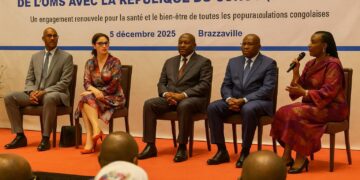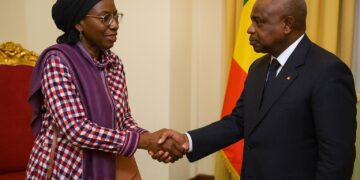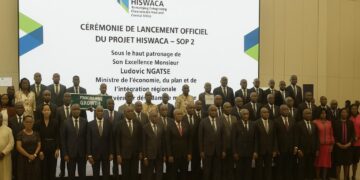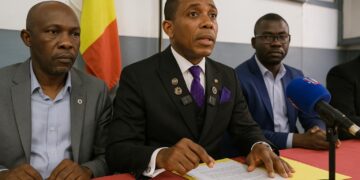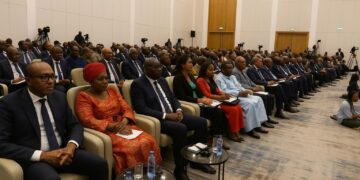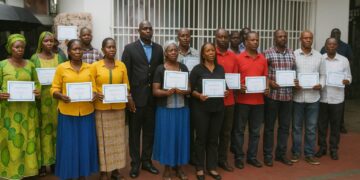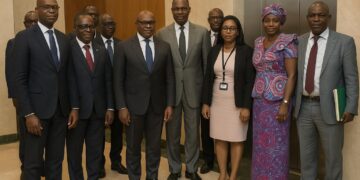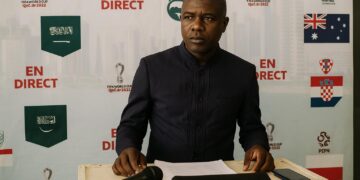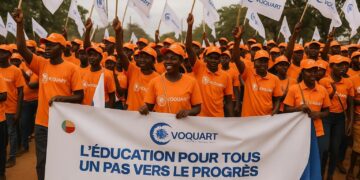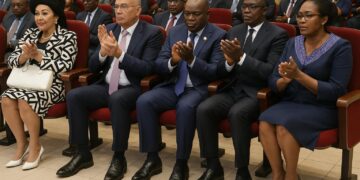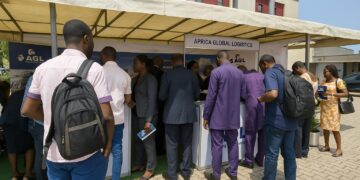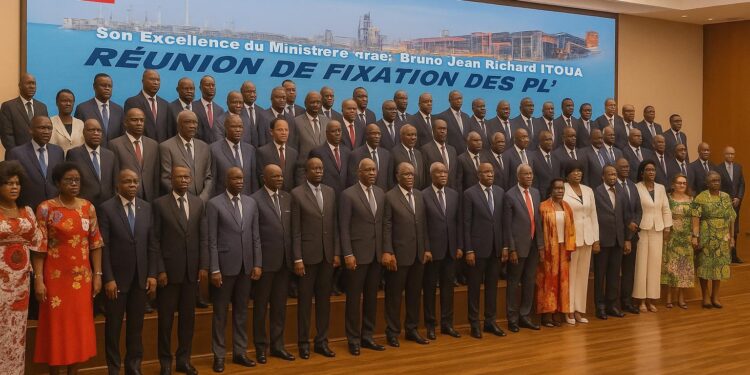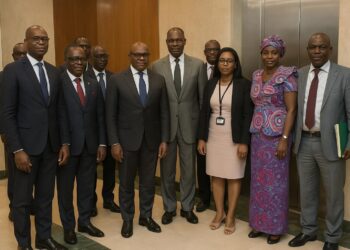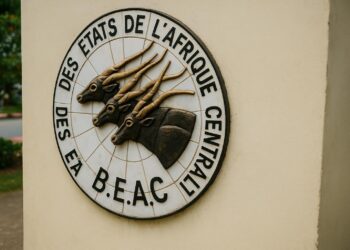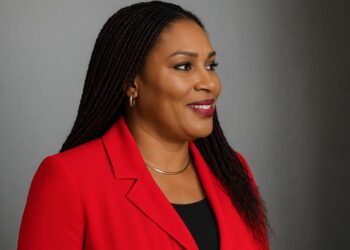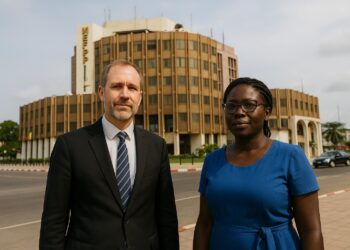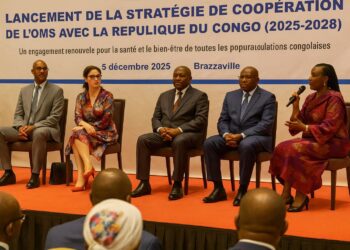Collaborative Pointe-Noire Pricing Summit
In early October, Pointe-Noire temporarily became Congo-Brazzaville’s oil capital, as state experts and international producers gathered to calibrate fiscal benchmarks for the third quarter of 2025.
The closed-door session, hosted at Wing Wah Congo’s glass-fronted tower from 8 to 10 October, was opened by Professor Macaire Batchi, chief of staff to Minister of Hydrocarbons Bruno Jean Richard Itoua, who urged delegates to pursue “open and precise dialogue”.
Participants repeatedly praised the cooperative atmosphere. Wing Wah vice-president Xiao Kaitao thanked the ministry for the “trust, participation and commitment” shown, while committee chair Jean-Jacques Ikama stressed that consensus was achieved without compromising analytical rigour.
Stable Brent Sets Market Tone
Discussions began with a granular review of global price dynamics. Analysts noted that dated Brent fluctuated narrowly during the period under study; it began the quarter at 68.71 dollars a barrel and ended at 68.94, reflecting subdued volatility.
Delegates linked that stability to a balanced OPEC+ supply stance, cautious demand growth in Asia and still-ample OECD inventories, factors that collectively shaped the differential environment for Congo’s medium and light sweet crudes.
Draft Formula Seeks Greater Transparency
A second workstream probed the draft methodology that could modernise fiscal pricing from 2026, potentially blending international benchmarks with real-time cargo assessments and quality adjustments. Officials said further industry comments will be integrated before ministerial endorsement.
The overhaul aims to align Congolese practice with regional peers, improve revenue predictability for the treasury and offer clearer signals to investors evaluating brownfield infill or marginal-field tie-backs along the prolific Lower Congo Basin.
Official Q3 2025 Benchmarks Announced
For the forthcoming third quarter, however, the existing formula still applies. After modelling freight trends, gravity differentials and recent spot cargo results, the committee fixed an average fiscal price of 69.155 dollars per barrel, a modest 0.021-dollar premium to dated Brent.
Congo’s flagship Djeno Mélange will be taxed on a quarterly weighted average of 68.249 dollars, translating into a negative differential of 0.531 dollars. Nkossa Blend was assigned 68.815 dollars, showing a positive 0.830-dollar spread, identical to lighter-density Yombo at 70.402 dollars.
Industry sources indicated that the narrow band, between minus 1.215 and plus 0.550 dollars across all grades, underscores the country’s marketing effort in recent cargo tenders and the relative resilience of West African crudes in an increasingly quality-sensitive market.
Revenue and Investment Implications
From a fiscal standpoint, the benchmarks will feed directly into royalty remittances, cost-oil recoveries and profit-oil splits, making them a critical planning parameter for operators such as TotalEnergies, Chevron and independent newcomer Wing Wah.
Budget planners at the Ministry of Finance estimate that every dollar change in the fiscal price moves quarterly hydrocarbon revenues by roughly six million dollars, underlining the importance of price realism for macro stability and debt-service projections.
Producers view the figures as an anchor for forward-hedging strategies. “Predictability allows us to structure cash-flow protection without overpaying for options,” one trading executive confidentially remarked after the signing ceremony.
Exploration sentiment also hinges on the spread between fiscal and market prices. A benign differential, analysts say, can spur appraisal drilling in mature blocks, while punitive gaps risk deferring investment into deeper presalt targets.
Roadmap to January 2026 Session
In his closing address, Minister Itoua emphasised continuity. “The decisions adopted today reflect a long-term vision,” he said, applauding the delegates’ “quality contributions” and “spirit of dialogue” before countersigning the committee minutes alongside company managing directors.
The next pricing round is scheduled for 7-9 January 2026 and will be hosted by Eni Congo. Officials expect to unveil the finalised methodology at that gathering, offering the market an earlier signal for fiscal year 2026 planning.
Macro Stability and Credit Signals
Until then, traders will monitor geopolitical developments that could disrupt the current equilibrium, including Atlantic hurricane activity, Middle East shipping routes and the pace of China’s strategic stockpiling programme.
Credit analysts at regional banks see the freshly adopted benchmarks as broadly conservative, affording the treasury a cushion should Brent slip below 65 dollars, while still ensuring operators capture upside if prices rally toward 75.
The subdued volatility has also eased pressure on the Bank of Central African States’ foreign-exchange reserves, reinforcing the government’s narrative of macro-stability that has underpinned recent sovereign bond placements.
Rating agencies monitoring Brazzaville’s Eurobond performance have repeatedly flagged transparency in fiscal price setting as a credit driver; the October accord, they suggest, could support a stable outlook if accompanied by consistent quarterly disclosures.
Investor Outlook Remains Cautiously Optimistic
For international investors weighing equity stakes in onshore blocks or LNG export infrastructure, the Q3 benchmarks provide an updated data point to feed discounted cash-flow models and sovereign-risk assessments.
Overall, the October meeting demonstrated that constructive state-industry engagement can yield timely, market-aligned fiscal references, an encouraging sign for stakeholders seeking predictability amid an energy landscape still defined by cautious optimism.

